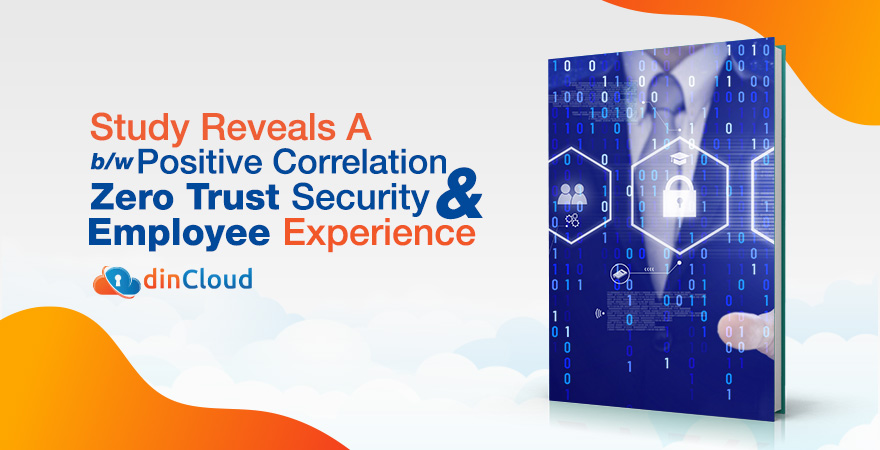Cyber security has generally been among the top priorities of most organizations with scattered IT infrastructures. Even if you don’t accord top priority to security, it is definitely among the top items of your “to do” list for your organization.

In the present extraordinary circumstances, security has taken center stage. This can be attributed to two key factors. Firstly, the trend of Work from Home (WFH) or remote employees is constantly on the rise.
Also Read: How Does the Cloud Simplify Multi Site Management?
The other factor that has propelled cyber security right at the top is the present hostile cyber space. Most cyber criminals want to exploit any weaknesses or vulnerabilities that are primarily the outcome of hastily implemented remote work solutions.
In these challenging circumstances, the “Zero Trust Security” model is gaining a lot attention. In this post, we will briefly discuss the salient features of this model and also reveal the insights from a recent study on the matter.
What is Zero Trust Security?
As the name suggests, this model of cyber and network security relies on the principle of across the board implementation of security protocols and authentication measures. This model negates the concept of privileged and perpetual access to resources.
So, a natural consequence of this security model is that each time an employee accesses the organizational data, apps or other resources, the security protocols in place will authenticate that user and only then would the access be granted.
Also Read: Global DaaS Market Well Poised for Massive Expansion
Insights from Pulse and Citrix Survey
A recent study conducted on the Zero Trust model by Pulse and Citrix has revealed that this model in fact enhances or improves the Employee User Experience. While this may seem a bit odd at first sight, this is indeed an unexpected and interesting revelation.
Here are a few key insights from the research that will help you grab a wider picture:-
- A whopping 97% of IT decision makers consider employee experience a crucial part of their security strategies.
- 64% of security related decision makers intend to discard their existing VPN strategies, which is surprising at first glance.
- A sizable 71% of these security leaders consider the “Zero Trust Security” model as the most viable alternative.
- 74% of the surveyed key decision makers plan to implement zero trust in a much holistic way that spans the entire remote work eco system.
Also Read: Cloud Computing Set to Trigger Massive Growth in Education
Limitations of Traditional Security Solutions
When we talk of more traditional, laid back sort of security solutions, perhaps the most prevalent system at the moment is none other than Virtual Private Networks or VPN. Here are some of the major pain points when it comes to VPNs:-
- Some VPNs may become too complex to configure as the network complexity and / or the number of users increases.
- VPNs can get prohibitively expensive at times, especially when a large part of your workforce is remote.
- A VPN in itself is not a guarantee for security, rather much of its effectiveness rests on your configuration acumen and not the provider.
- The VPN does not deliver the “blanket security” you need in the present hostile cyber space.
- A remote employee may have to execute many steps to actually activate the VPN and then make the connection secure.
Also Read: Which Factors make dinHVD the Perfect Hosted Virtual Desktop?
Zero Trust – An Enhancer of Employee Experience
At the end of the day, it all boils down to giving your remote workforce a secure and seamless access to data and productivity resources. What good is a security solution that makes your remote employees go through a tedious path to establish a secure gateway?
VPNs and other dated security solutions do exactly that, and this is not good news for the productivity and morale of remote employees. So, the way forward is Zero Trust Security and the quicker you adopt this model, the better will it be for your organization.
Zero Trust gives your remote employees a certain level of assurance and trust, which is reinforced by the belief that these protocols in place are alike for each member of the organization. This in turn improves employee productivity.
Also Read: How Desktop and App Virtualization Enable Remote Work?
Conclusion
As a leading cloud provider, dinCloud also takes a much more holistic view to security. Our security philosophy extends right down the level of employee’s endpoint devices. We have all the capabilities to implement the optimal security model for your needs.
Contact Us for any queries you may have about dinCloud’s leading cyber security protocols and how they can serve your organizational needs effectively.


